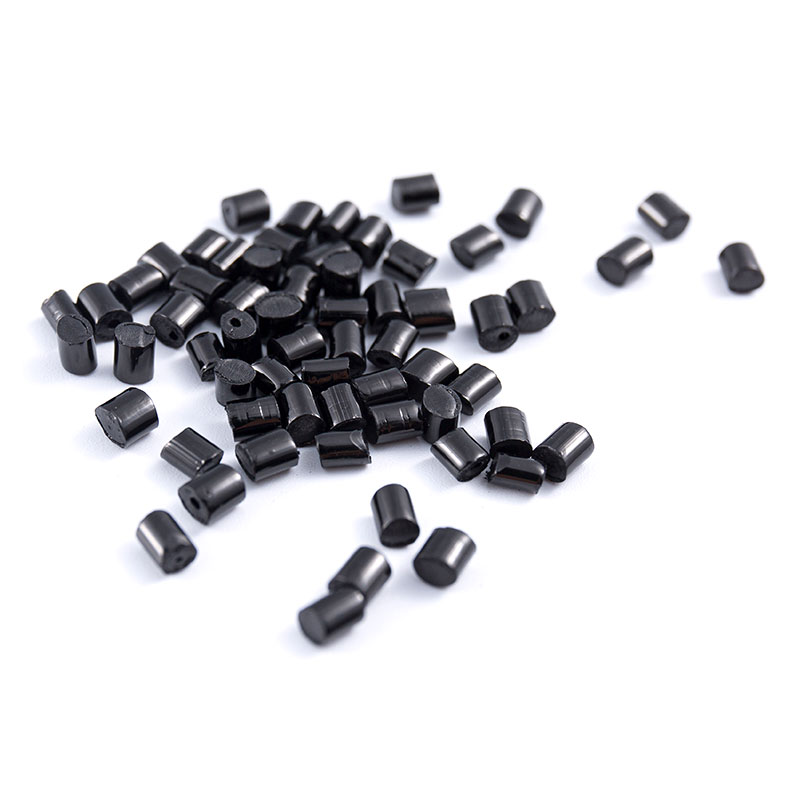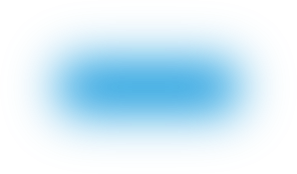The Role of Automotive Exterior Parts Black Masterbatch in UV Protection
UV radiation is one of the primary environmental stressors affecting the longevity and appearance of automotive parts. Composed of three main types of rays—UVA, UVB, and UVC—UV radiation, especially UVA and UVB, can cause long-term damage to materials, particularly plastics and polymers used in automotive exterior parts. UVA rays penetrate deeply into the material, causing gradual breakdown of the polymer structure over time. UVB rays, which are more energetic, tend to affect the surface layer and cause more immediate visual damage, including fading and cracking. When it comes to automotive exterior parts like bumpers, trims, and mirrors, the continual exposure to UV radiation leads to several issues that directly affect the functionality and aesthetic of the vehicle. For instance, UV radiation breaks down the chemical bonds within the polymer materials used in automotive parts. This process, known as photodegradation, weakens the material, making it more susceptible to mechanical stresses and causing it to lose its mechanical properties over time. The direct effect of UV radiation, especially in regions with high sunlight exposure, leads to the gradual fading of exterior parts, reducing their visual appeal. This fading is particularly noticeable in dark-colored automotive parts, such as black trims or bumpers, where the loss of color is highly visible and detrimental to the overall aesthetic of the vehicle. UV degradation also leads to a breakdown of flexibility in automotive exterior parts. As the materials lose their inherent strength, they become more prone to cracking, warping, and discoloration. These visual and structural changes, if left unaddressed, can lead to reduced product lifespan and an increase in maintenance or part replacement costs for automotive manufacturers and consumers.
The introduction of black masterbatch into automotive exterior parts offers a highly effective solution to UV degradation. Black masterbatch, which primarily contains carbon black, works to protect parts from the damaging effects of UV radiation. Carbon black, a form of pure carbon, is the key component of black masterbatch that provides both color and protection. It is known for its exceptional ability to absorb and scatter UV rays, preventing them from penetrating deeper into the polymer matrix. When applied to automotive exterior parts, black masterbatch acts as a UV absorber. The carbon black particles absorb UV radiation, converting harmful energy into heat. This absorption prevents the UV rays from reaching the internal structure of the polymer, reducing the rate of photodegradation. In addition to absorbing UV radiation, carbon black also acts as a scattering agent, deflecting the rays and preventing direct exposure to the underlying polymer. This twofold mechanism of absorption and scattering is what makes black masterbatch so effective at enhancing the UV stability of automotive parts. Black masterbatch not only provides UV protection but also enhances the visual appeal of automotive parts. By introducing the right amount of carbon black, manufacturers can achieve a deep, rich black color that improves the overall look of exterior parts. This contributes to the vehicle’s aesthetic value and, by protecting the materials from fading and degradation, helps maintain the vehicle’s resale value. As Automotive Exterior Parts Black Masterbatch Suppliers, we recognize the significance of this dual benefit in improving both the performance and appearance of automotive exterior parts.
The mechanism by which black masterbatch protects automotive exterior parts from UV radiation is primarily driven by the properties of carbon black. Carbon black’s ability to absorb UV radiation is due to its complex molecular structure, which is highly effective at trapping light energy and converting it to heat. The carbon black particles, typically spherical in shape, have a high surface area, which allows them to absorb large amounts of UV radiation and effectively prevent it from penetrating the material. In addition to absorbing UV radiation, carbon black also plays a role in enhancing the material’s physical properties. Carbon black reinforces the polymer matrix by distributing evenly throughout the resin, providing increased strength and toughness. This improves the material’s weather resistance and its ability to withstand the stresses of daily wear and tear. Over time, this results in less degradation of the material, fewer cracks or chips, and a longer-lasting appearance and performance for automotive exterior parts. The level of protection provided by black masterbatch depends on the concentration of carbon black in the formulation. Higher concentrations of carbon black offer better UV protection but may also affect the processing characteristics of the polymer, such as its flow properties during injection molding. Finding the optimal balance of carbon black concentration is essential to achieving the desired level of UV protection without compromising the manufacturing process or the part’s aesthetic quality. At E-LUCK, we carefully adjust the concentration of carbon black in our black masterbatches to ensure optimal UV protection while maintaining ease of processing and surface quality for our customers’ automotive applications.
To maximize the UV protection offered by black masterbatch, customization is essential. Different automotive exterior parts have unique requirements in terms of UV exposure, mechanical properties, and visual performance. Customizing black masterbatch formulations allows manufacturers to meet these varied demands effectively. One key consideration in tailoring black masterbatch is carbon black grade selection. Not all carbon black grades are equally effective at UV protection. High-structure carbon blacks, for instance, offer superior UV absorption, while low-structure carbon blacks are better for improving other properties such as conductivity and viscosity. When customizing black masterbatch for automotive applications, it’s essential to select the right grade based on the specific performance needs of the part. We can incorporate UV stabilizers and anti-oxidants into the black masterbatch formulation to further enhance the material’s UV resistance. UV stabilizers, such as Hindered Amine Light Stabilizers (HALS), are chemical additives that help absorb harmful UV radiation and prevent it from breaking down the polymer structure. Anti-oxidants, on the other hand, work to prevent oxidation in the polymer matrix, ensuring the material maintains its strength and flexibility over time. The combination of carbon black, UV stabilizers, and anti-oxidants results in a highly durable material that can withstand long-term exposure to sunlight. Customizing the black masterbatch formulation in this way ensures that each automotive exterior part receives the optimal level of UV protection, enhancing both its visual quality and mechanical performance. We at E-LUCK pride ourselves on our ability to develop tailored black masterbatch solutions for automotive manufacturers that address these specific challenges.
UV protection plays a significant role in enhancing the overall performance of automotive exterior parts. With the constant exposure to sunlight, automotive parts that lack UV protection will undergo a series of degradation processes, including fading, cracking, and loss of flexibility. These issues not only affect the aesthetic appeal of the vehicle but also reduce the functional longevity of the parts. With the incorporation of black masterbatch, automotive parts experience improved durability and resistance to environmental stressors. The UV-protective properties of black masterbatch ensure that automotive exterior parts retain their strength and flexibility over time. For example, bumpers, which are subjected to constant sunlight exposure, benefit from the UV-absorbing properties of the black masterbatch, helping to prevent warping and fading. This results in exterior parts that look new for longer and perform better in daily use. Black masterbatch helps automotive parts maintain their integrity in the face of various mechanical stresses. The uniform dispersion of carbon black in the polymer matrix increases the toughness of the material, making it less prone to cracking or breaking under stress. This is crucial for parts like door trims or side panels, which are exposed to high levels of impact from road debris, car washes, or accidental bumps.
As
Automotive Exterior Parts Black Masterbatch Manufacturers, E-LUCK is committed to delivering black masterbatch solutions that meet the specific needs of the automotive industry. We understand the demands placed on exterior parts and the importance of providing products that offer both performance and aesthetic benefits. Our black masterbatch formulations are designed to deliver outstanding UV protection without compromising on other key properties, such as processing ease and surface finish quality. By using advanced dispersion technology, we ensure that the carbon black is evenly distributed throughout the polymer matrix, maximizing the effectiveness of UV protection across the entire part. Whether the application requires high levels of UV absorption for regions with intense sunlight exposure or moderate protection for more temperate climates, we can tailor our solutions to meet our customers' specific needs.

 English
English Español
Español










